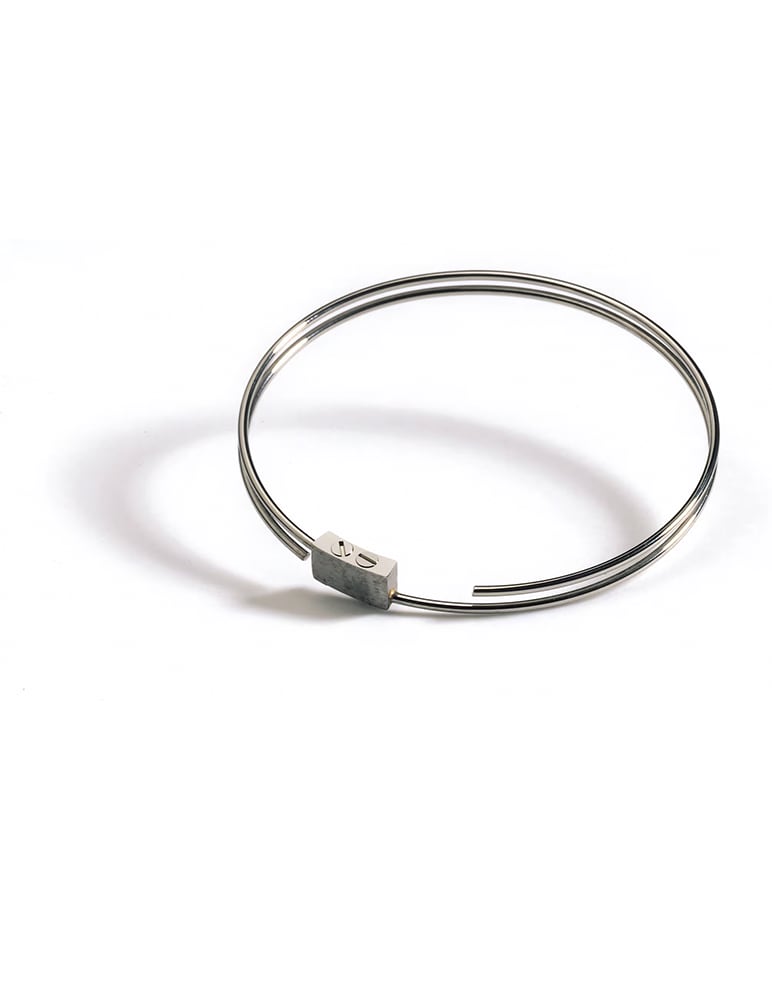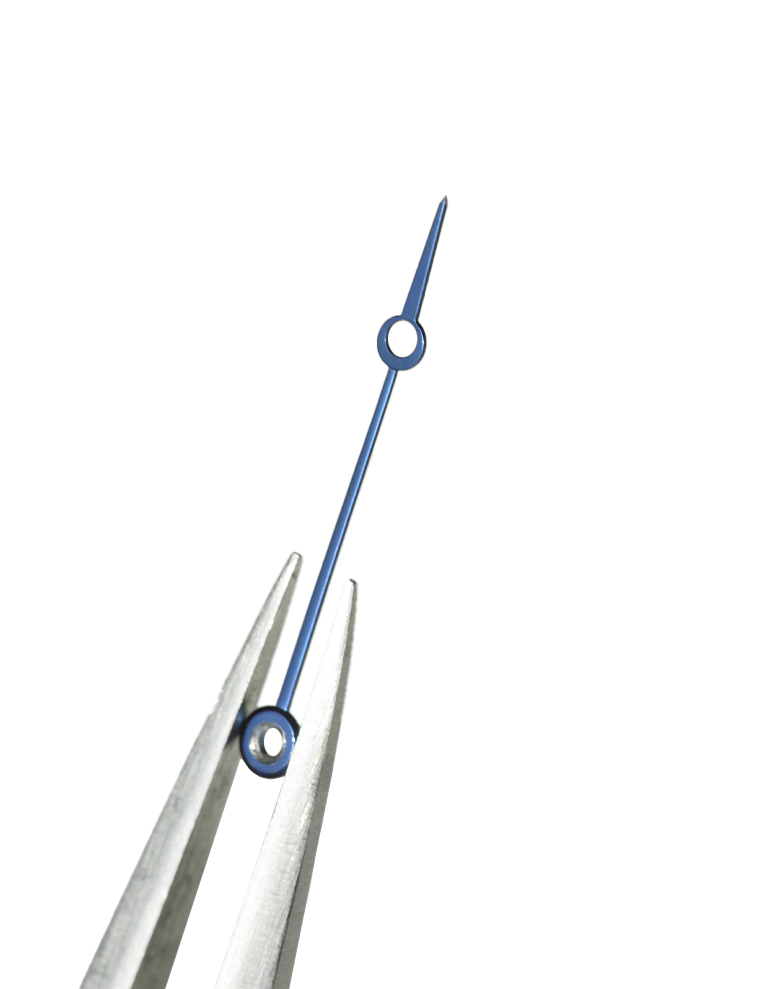Invention of the gong-spring and creation of the Breguet hands and numerals
Repeater watches became slimmer with the use of the gong-spring, and the famous numerals and “moon tip” hands made their grand entrance.

The leading horologists of the late 17th century vied to create a chiming watch that would allow the time to be known on demand in the dark. Around 1680 they produced the first repeating watches. Since then, a number of watchmakers have contributed to the development of the repeater, improving its accuracy from the nearest quarter-hour to the nearest minute.
Abraham-Louis Breguet was also fascinated from very early on by repeating watches. In 1783 he created the first striking repeating watch to be operated by a gong spring rather than a bell, universally used hitherto. Initially rectilinear in form and mounted crosswise on the back plate, the gong spring was soon coiled up around the movement. It had the advantage of considerably reducing the thickness of striking watches, while at the same time making the tone more harmonious and discret. An exceptionally useful invention, it was adopted immediately by most contemporary watchmakers. Breguet also invented multiple striking mechanisms, or cadraturs, for repeating watches, notably for the quarters, half-quarters and minutes
ECCENTRIC "MOON" TIP WATCH HANDS

The hands at this time, often short, broad and heavily decorated, added to the generally rather ponderous effect and difficulty of reading the dial. From his earliest days as a watchmaker, Breguet set out to streamline not only the internal mechanisms but also the external forms of his watches. As the hands are an essential part of the watch, both functionally and aesthetically, it is not surprising that this is another area in which Abraham-Louis Breguet left his indelible mark. To begin with he used gold English hands, until in about 1783 he invented a type of hand that was uncompromisingly new, made of gold or blued steel, and described variously as resembling a hollow apple or a crescent moon, the principle being that the points were hollowed out in eccentric fashion. Of extreme delicacy and irresistible elegance, the new shape was an immediate success. The term ‘Breguet hands’, like ‘Breguet overcoil’, soon entered the vocabulary of watchmaking.
The fabrication records frequently mention the names of makers of hands, true artists whom Breguet was continually pushing further in the quest for perfection: most prominent among them were Vaujour, mentioned consistently over a period of some forty years from 1787 to 1826; Thévenon, from 1793 to 1822; Jaquet, from 1826; and Lalieue from 1830; not forgetting Breguet’s old acquaintance Albertine Marat, sister of the famous revolutionary, from whom he bought hands from time to time, chiefly between 1818 and 1823.
Widely adopted by the principal watchmakers of the time, Breguet hands fell from favour – even within the Breguet firm – towards the end of the nineteenth century, before returning with a vengeance in about 1930. Simple and easy-to-read, they are found on most Breguet timepieces and have been widely imitated by others..
The fabrication records frequently mention the names of makers of hands, true artists whom Breguet was continually pushing further in the quest for perfection: most prominent among them were Vaujour, mentioned consistently over a period of some forty years from 1787 to 1826; Thévenon, from 1793 to 1822; Jaquet, from 1826; and Lalieue from 1830; not forgetting Breguet’s old acquaintance Albertine Marat, sister of the famous revolutionary, from whom he bought hands from time to time, chiefly between 1818 and 1823.
Widely adopted by the principal watchmakers of the time, Breguet hands fell from favour – even within the Breguet firm – towards the end of the nineteenth century, before returning with a vengeance in about 1930. Simple and easy-to-read, they are found on most Breguet timepieces and have been widely imitated by others.